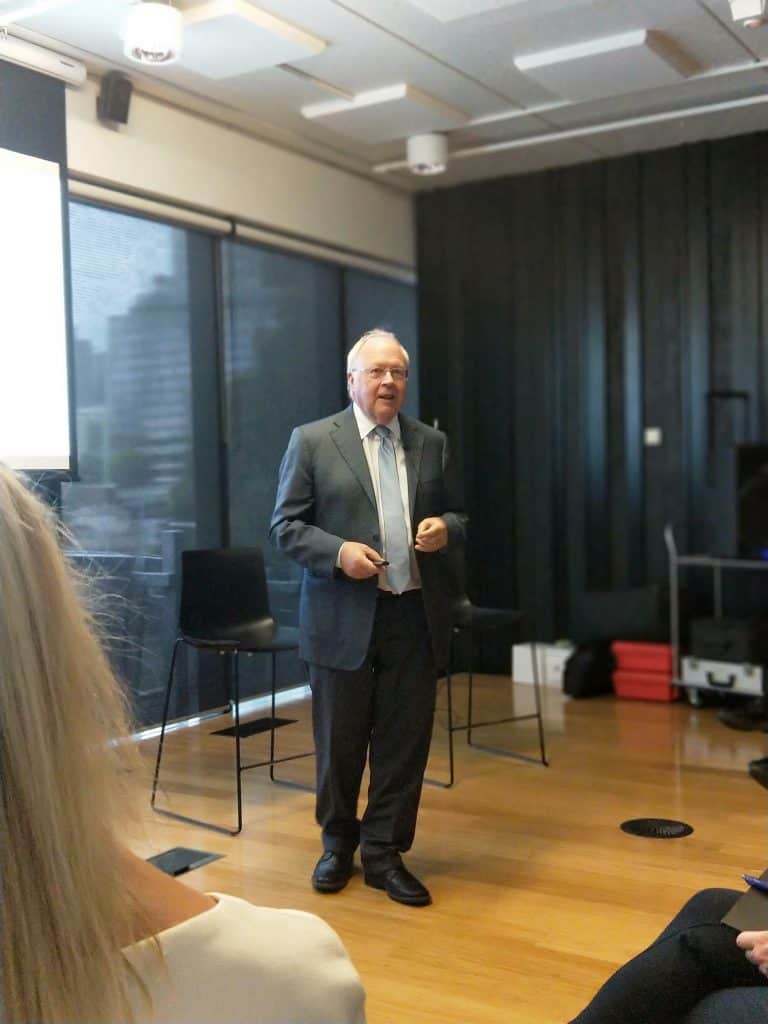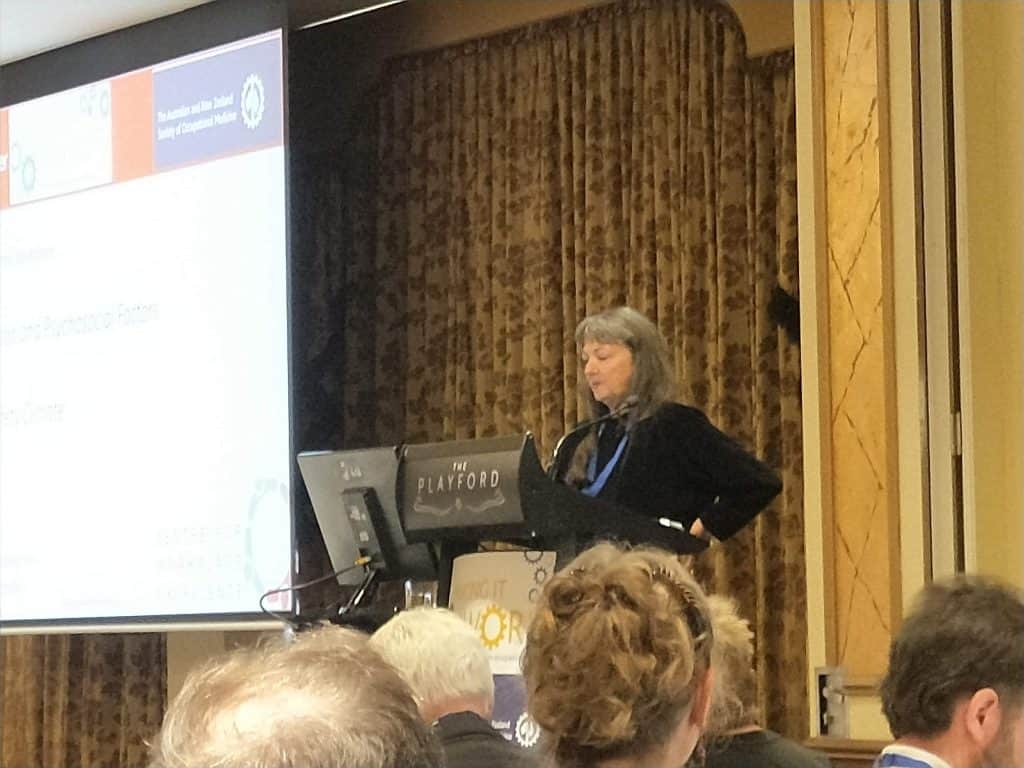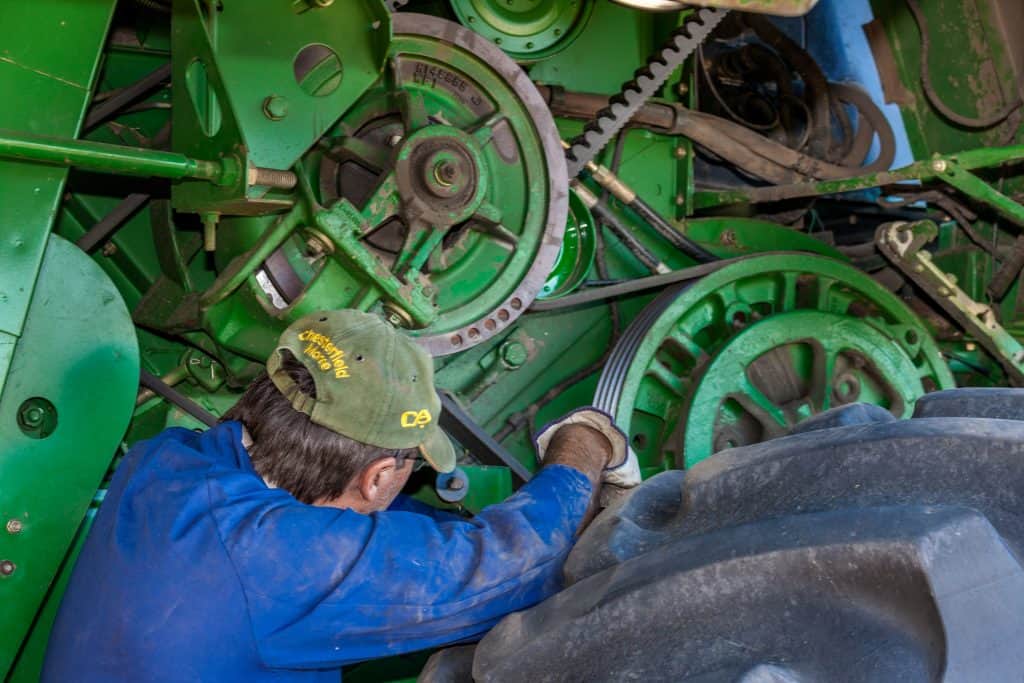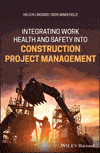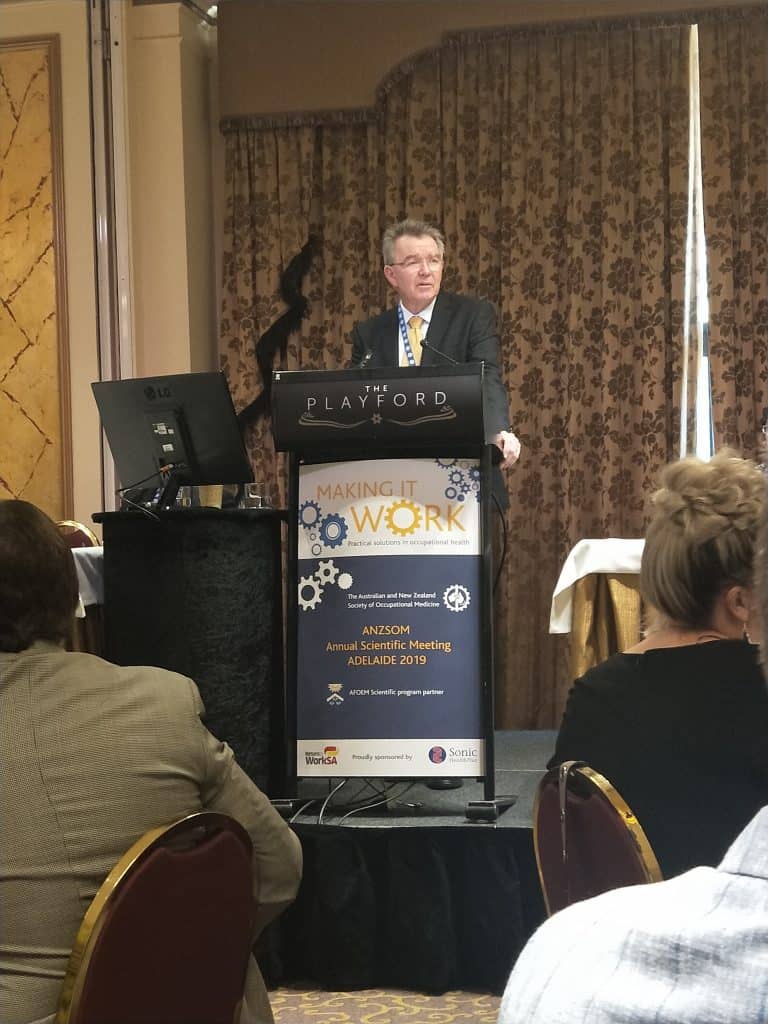By the time you read this, one of Australia’s States may have Industrial Manslaughter laws. One sad part of all of the IM argy-bargy is that it has focused on the penalty of going to jail rather than on the enhancement of occupational health and safety (OHS) which can prevent harm. Part of this seems to be because people are uncertain how to talk about OHS. For instance, some arguing against IM laws have started talking about making these laws fair. But fair to who?
Recently the Australian Industry Group released a media statement titled “Industrial manslaughter legislation must be fair“. Firstly, although the IM Bill is a piece of legislation, it is not an Act or Regulation in itself. It is an amendment to the existing OHS Act. But this Act and its Duties hardly gets discussed in the current debate, which is a bit curious but convenient.


